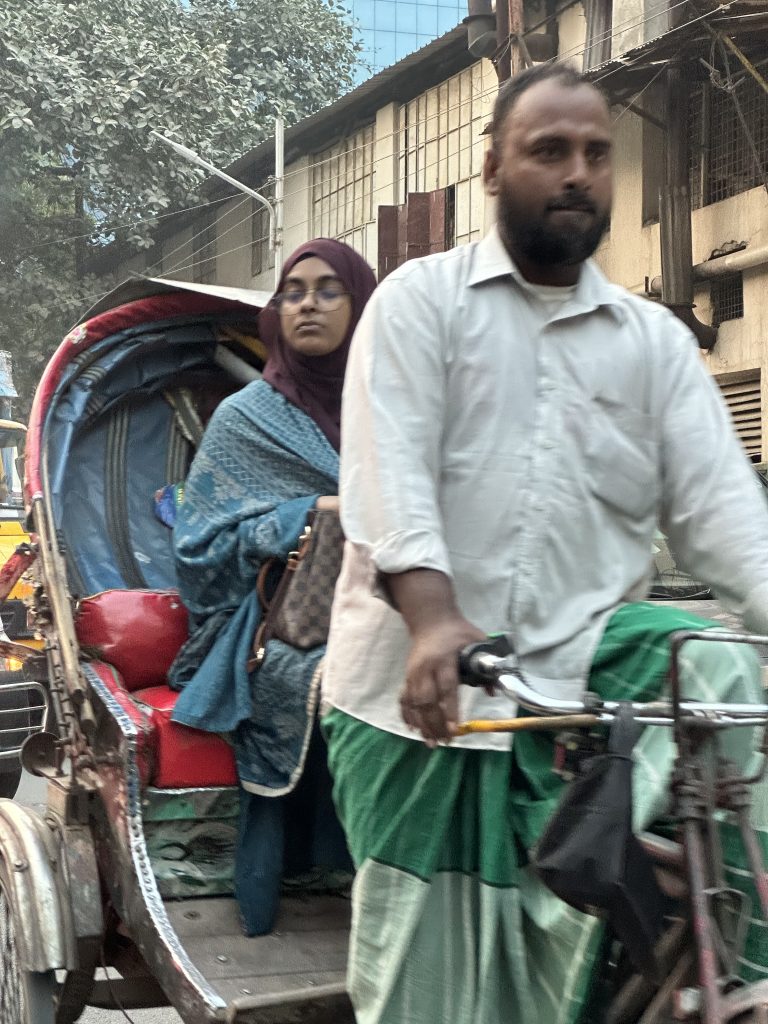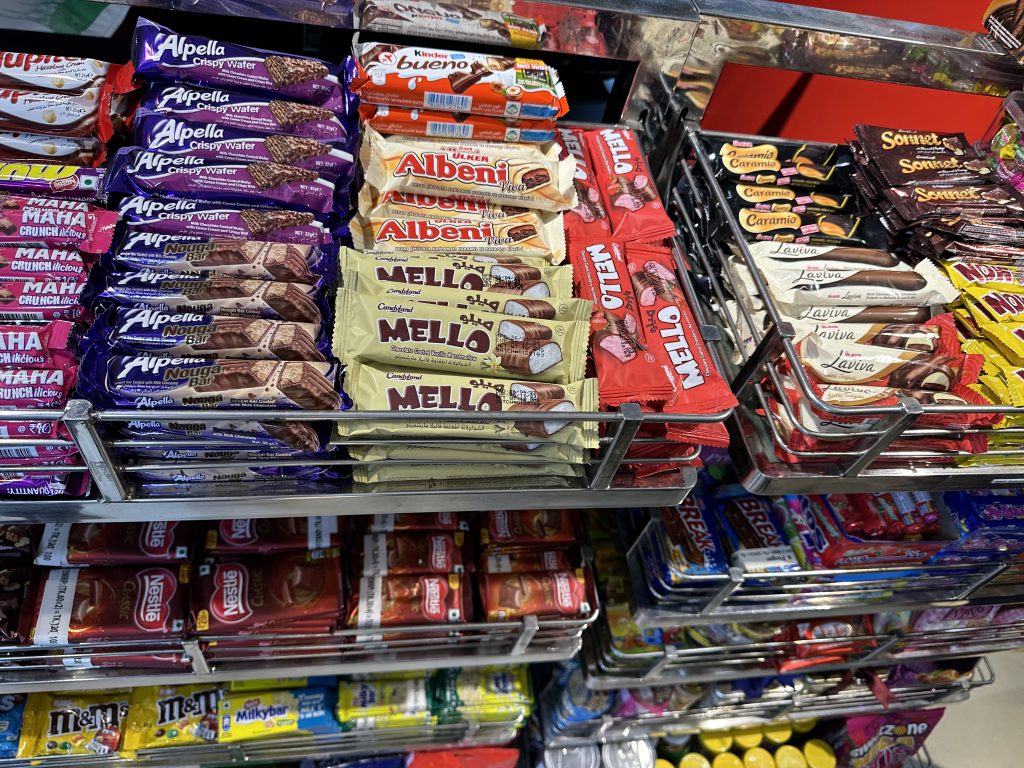BANGLADESH, A SUCCESS STORY!? With Covid-19, ongoing wars, ever-evolving technology and the climate crisis, a great change is occurring in almost every corner of the world. Of course, it is obvious that this is not a positive change in many places. But in a country one never expected, a more positive change that we would never think of is taking place. Thus, Bangladesh is giving a developmental lesson to the modern world. I have held this belief since last year’s World Economic Forum in Davos. https://muratulker.com/y/yoksa-davosa-gec-mi-kaldik-dedim-ama-dunya-tarim-ve-anti-trost-orgutleri-kurulmali/. Also, the Bangladesh GOYA I performed last month was both surprising and inspiring for me, and I wanted to share this instructive growth story with you…
*First published in Turkish on January 15th, 2023
Though Bangladesh often comes to mind as a crowded and complex country, I saw much more than that, of course there is also more than what I saw and will discuss in this GOYA. Before me, I found a country declared as ‘a model for poverty alleviation’ by the World Bank in 2020, with the highest cumulative GDP (Gross domestic product) growth globally from 2010 to 2020. I learned that Bangladesh currently has a GDP per capita of $2,503.04, and economic growth has averaged more than 6 percent over the last ten years.

What a tremendous growth story for a country founded in 1971. Formerly known as “East Pakistan” and with the support of India, it won the war of independence known as the Bangladesh Liberation War and became today’s independent country, Bangladesh. The capital Dhaka actually gives off a hint of an Indian atmosphere. The colorful streets, the crowds, the smell of spices, the busy rickshaw and the bicycle/motorcycle traffic encourage people to explore the city.
Bangladesh was established on a large delta basin and has fertile lands, but of course, this also means flooding in the rainy season… In the countryside, home furniture, including cabinets, is made of plastic… Actually, this situation is not much different from New Orleans, which is still sometimes subject to heavy floods as you cannot fight nature, but you can adapt to it.
My priority in this GOYA is to understand Bangladesh’s economy. One inevitably wonders about the secret of this growth in such a short time… I tried to spend my limited time in the country in the most efficient way to satisfy my curiosity. I visited a conglomerate of ACI, former ICI, an institutionalized family business. I met 2nd generation (CEO) Arif Dowla and founding father Anis UD Dowla who are managing the business. They exist in both the agricultural, industrial, and FMCG sectors. There is a permanent fair at their headquarters where they exhibit all their categories and activities, including innovation examples, including digitalization. Old/young, local/foreign visitors are very interested in this area. They work in various fields, from conscious spraying and fertilization with drones to obtaining GMO seeds in agriculture… I don’t even count digitalization in distribution and UX on the web which are our daily business.
Here is what I researched and learned about Bangladesh….
The Most Accurate Investment Model: Investing in Potential
It is one of the most critical rules of the business world; if you do not know how to use your potential, you will be deprived. Bangladesh took this rule and used it for the country’s future. It has invested in poor people’s potential as a remedy to eradicate poverty. In other words, instead of seeing the young population as a consumer group, it has included them in the economy by directing them to production. A quarter of the country’s total population is in the 15-29 age group. According to the census report published by the Bangladesh Bureau of Statistics (BBS), the country’s current youth population is 45.9 million.
So, how did they use this potential? Of course, they gave them this ability by adapting to the new world order, by introducing them to digitalization.
They have transformed the country into “Digital Bangladesh”. In other words, they found the solutions to all problems in technology. 100% ICT access has been provided for grassroots people since 2009, making Bangladesh one of the countries with Asia-Pacific’s largest internet user population. They even say they have a goal of quickly becoming a cashless society.
The pandemic has taught us all that digitalization means changing working conditions. Initiatives promoting easy internet access and self-employment have made this way of working grow more than expected. Self-employment has become a popular career option for many Bangladeshis, and this solution has also increased women’s participation in the workforce. As a result, Bangladesh is already the second largest online labor supplier, according to the Oxford Internet Institute (OII).
However, I think an important problem of digitalization is that the potential for development in other fields can be ignored. Whereas, digital technology has become a necessity in areas such as agriculture and animal husbandry. Bangladesh has achieved this too, and beyond being self-sufficient in agriculture; It has entered the world rankings in rice, jute, mango production and freshwater fishing. To go even further, they say they have decoded the genome of essential crops and fruits.

Of course, there is inflation there, as in the rest of the world, and I saw examples of shrinkage in products in GOYA. Here are two examples.
How do you become a developed country? The answer to this question is now similar for all countries, but of course, it changes according to age; For example, for Turkey, this required a heavy industry move that included intense capital and know-how in the 70s-80s. Today’s countries are luckier, considering the increasing diversity of external resources after the digital revolution. Bangladesh has created sustainable solutions that include the young population and women by analyzing all its current problems from all sides and evaluating its unique potential. A model that can set an example for the entire world in turning difficulties into opportunities!

It’s always good to GOYA and try to understand a different culture. I always say that it is even inspiring. Of course, these trips cannot be unless combined with work. For me, no GOYA ends without seeing Ülker, Godiva, and McVities products on the shelves. Thankfully it also happened this time. Once again, I experienced the joy of being present worldwide and using potential correctly!
Note: This open-source article can be quoted by mentioning the author. No copyright is required.

